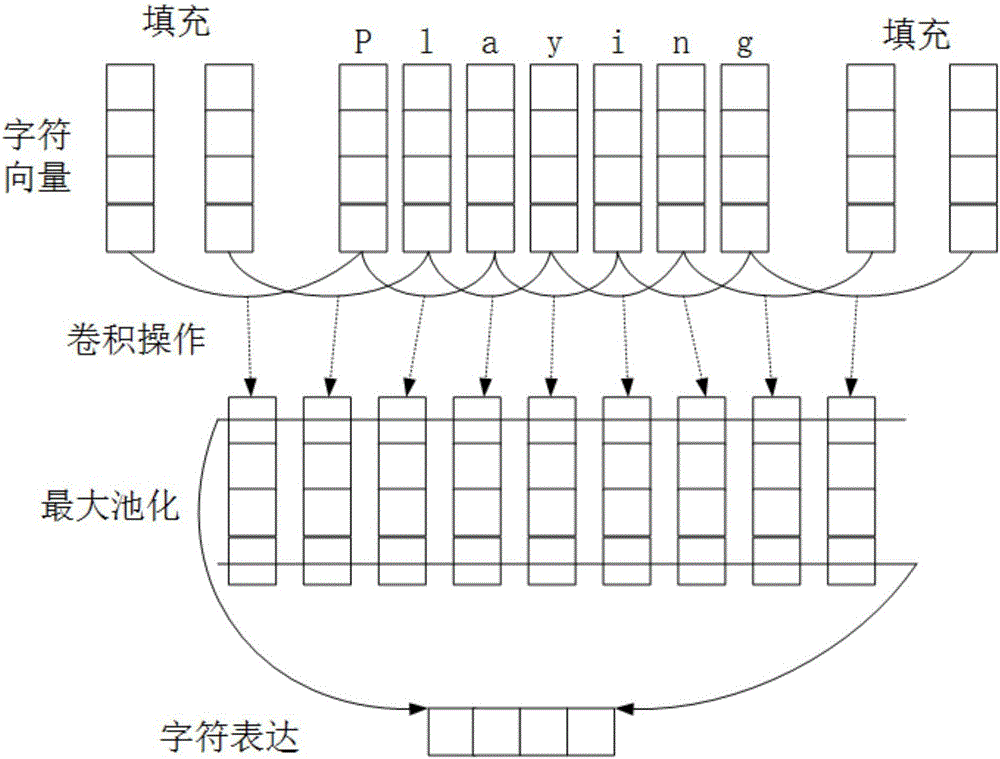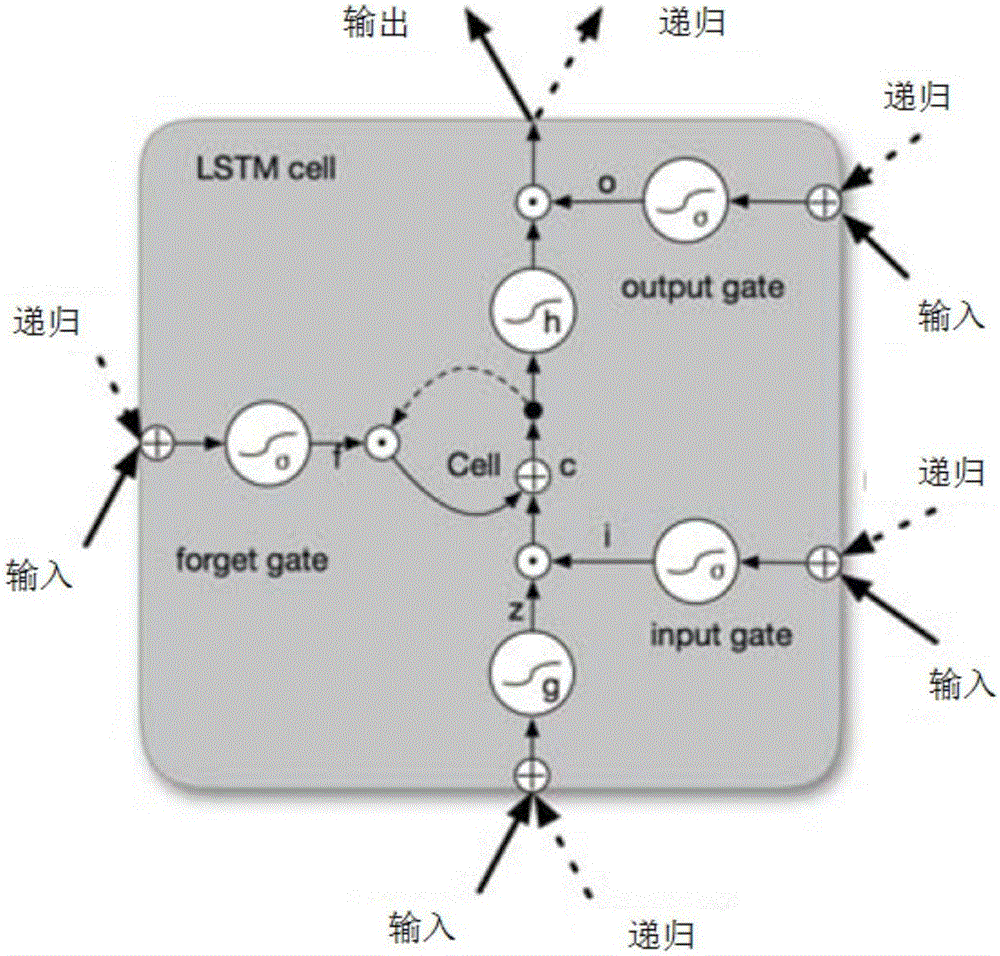Text named entity recognition method based on Bi-LSTM, CNN and CRF
A technology of named entity recognition and text, applied in the direction of neural learning methods, special data processing applications, instruments, etc., can solve problems such as computing power limitations, and achieve the effect of a wide range of application scenarios
- Summary
- Abstract
- Description
- Claims
- Application Information
AI Technical Summary
Problems solved by technology
Method used
Image
Examples
Embodiment
[0099] Taking the New York Times English news document as an example, the above method is applied to the document for text named entity recognition. The specific parameters and practices in each step are as follows:
[0100] 1. Use natural language processing tools to segment the document into sentences and words, so that each word in the document is a line, and the sentences are separated by spaces;
[0101] 2. Make statistics on the sentences, words and labels in 1 respectively to form a sentence table, a vocabulary table and a label table. The labels in the training document include "PER (person name)" "LOC (place name)" "ORG (organization)" "FAC (Institution)" and "GPE (geopolitical name)" are five categories, and the tags in the test documents are all "*". According to statistics, there are 17 sentences and 466 words in the document 1;
[0102] 3. Perform character statistics on the word list in 1 to form character list C;
[0103] 4. Use the trained 600 million Stanford...
PUM
 Login to View More
Login to View More Abstract
Description
Claims
Application Information
 Login to View More
Login to View More - R&D
- Intellectual Property
- Life Sciences
- Materials
- Tech Scout
- Unparalleled Data Quality
- Higher Quality Content
- 60% Fewer Hallucinations
Browse by: Latest US Patents, China's latest patents, Technical Efficacy Thesaurus, Application Domain, Technology Topic, Popular Technical Reports.
© 2025 PatSnap. All rights reserved.Legal|Privacy policy|Modern Slavery Act Transparency Statement|Sitemap|About US| Contact US: help@patsnap.com



